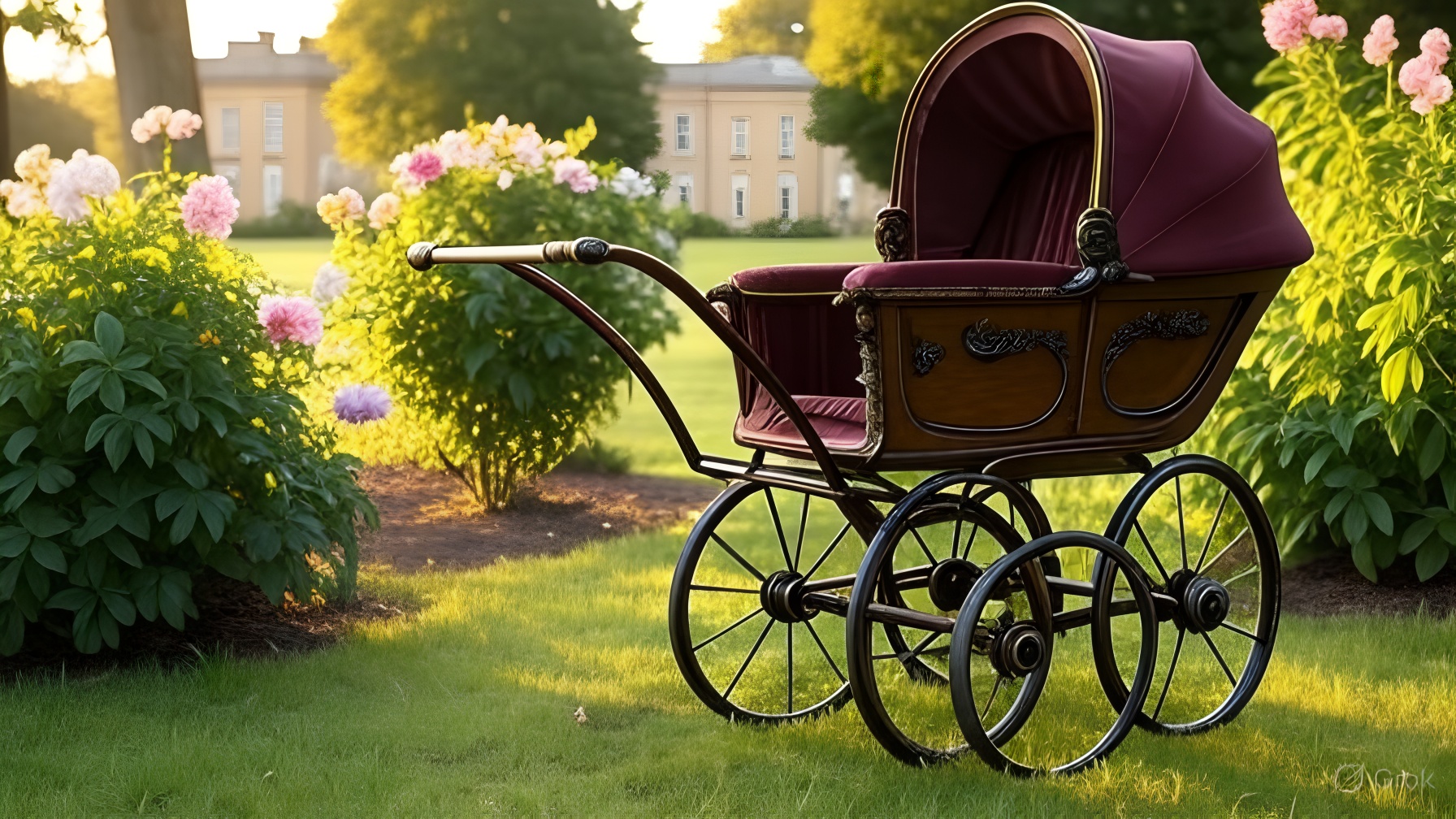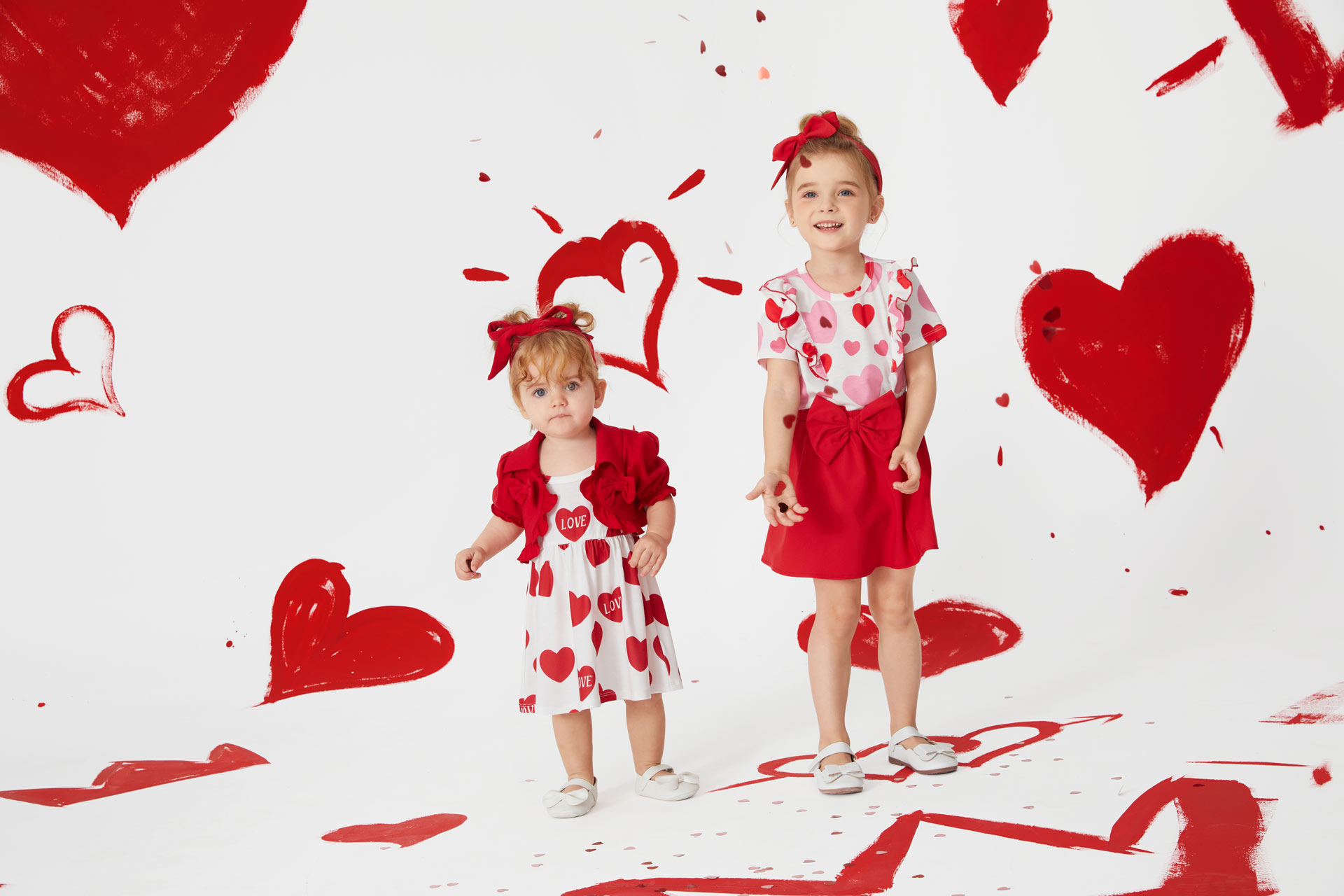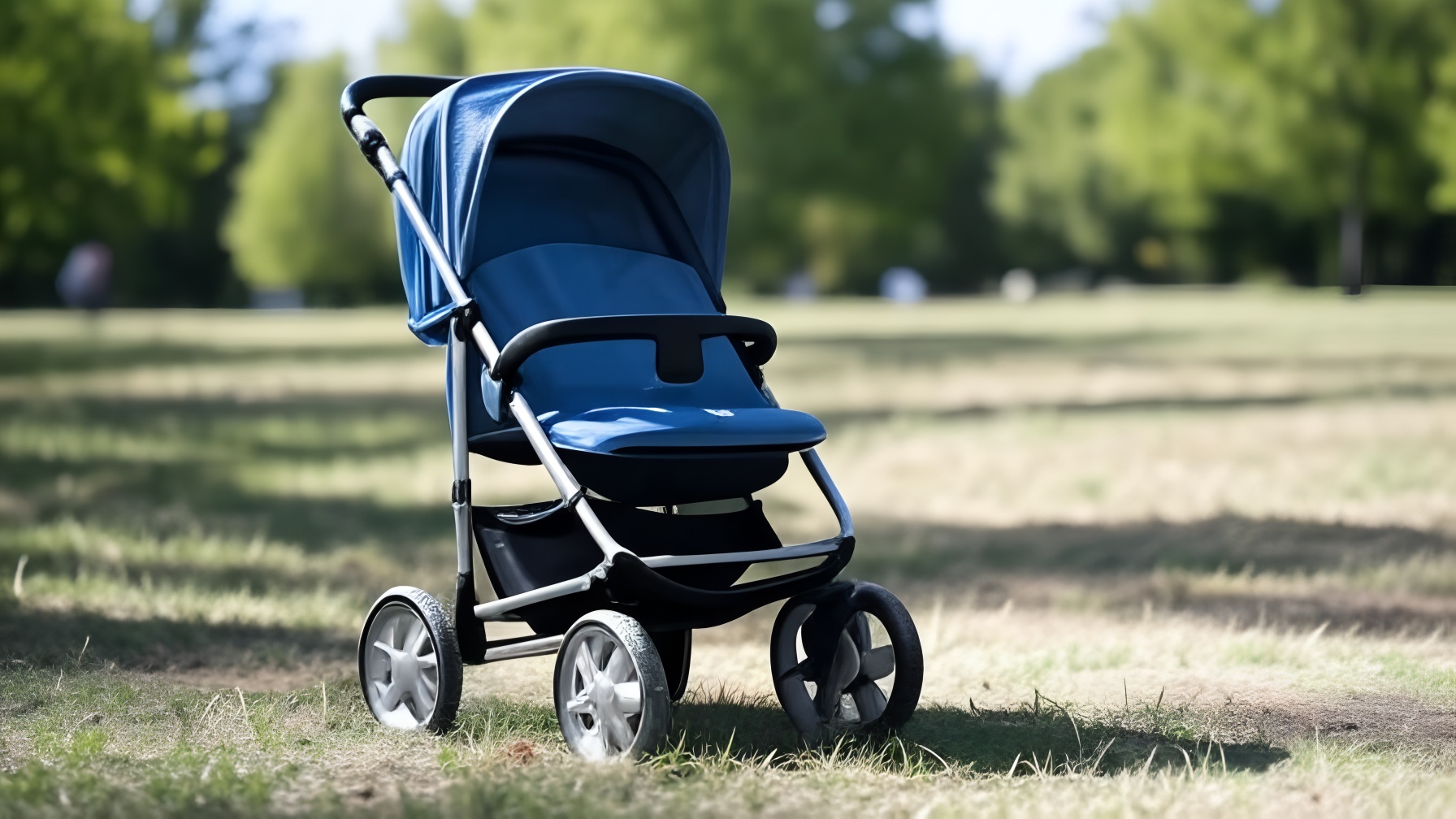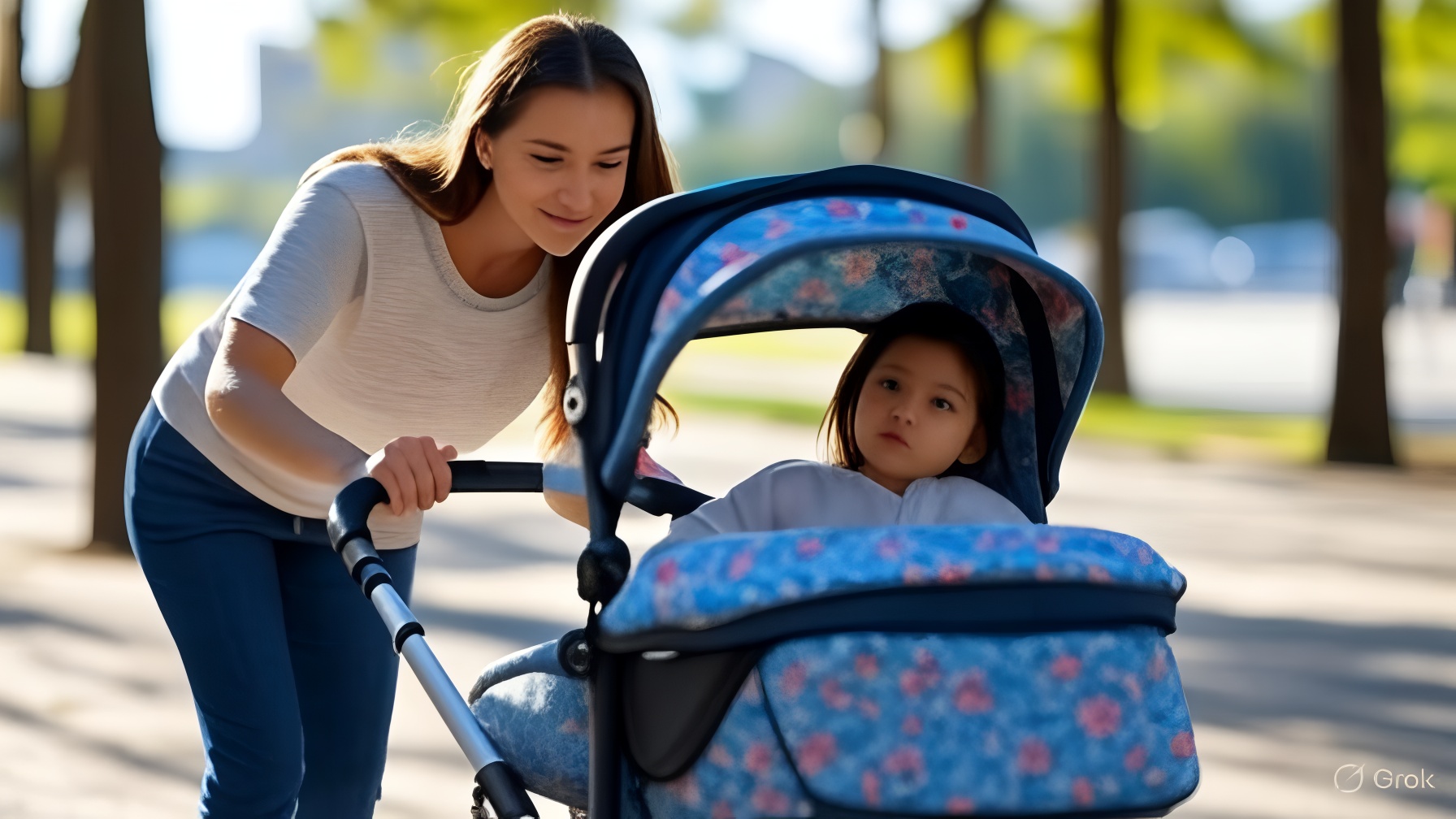The First Stroller: A Luxurious Beginning
In 1733, William Kent, an English architect, designed the first documented stroller for the Duke of Devonshire’s children. This ornate, shell-shaped carriage, known as the Chatsworth Serpent Pram, was pulled by a goat or pony and served as a status symbol for the aristocracy. Made of wicker with decorative serpent harnesses, it was more about prestige than practicality, lacking safety features like harnesses or brakes.
19th Century: Popularization and Early Innovations
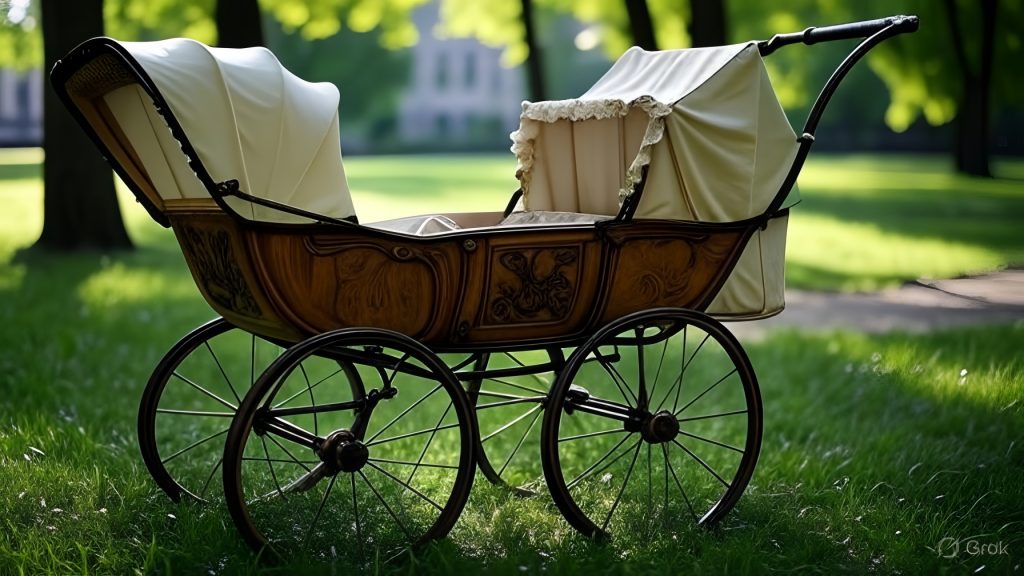
The stroller’s popularity grew in the 19th century, particularly after Queen Victoria purchased three carriages in 1840, making them a fashionable choice among the elite. In 1848, Charles Burton introduced the first hand-pushed perambulator, a three-wheel design that marked a shift toward functionality. By 1889, William H. Richardson patented a reversible stroller with independent wheel rotation, improving maneuverability. These early models, often made of wood and wicker, were heavy and lacked modern safety standards.
20th Century: Accessibility and Safety
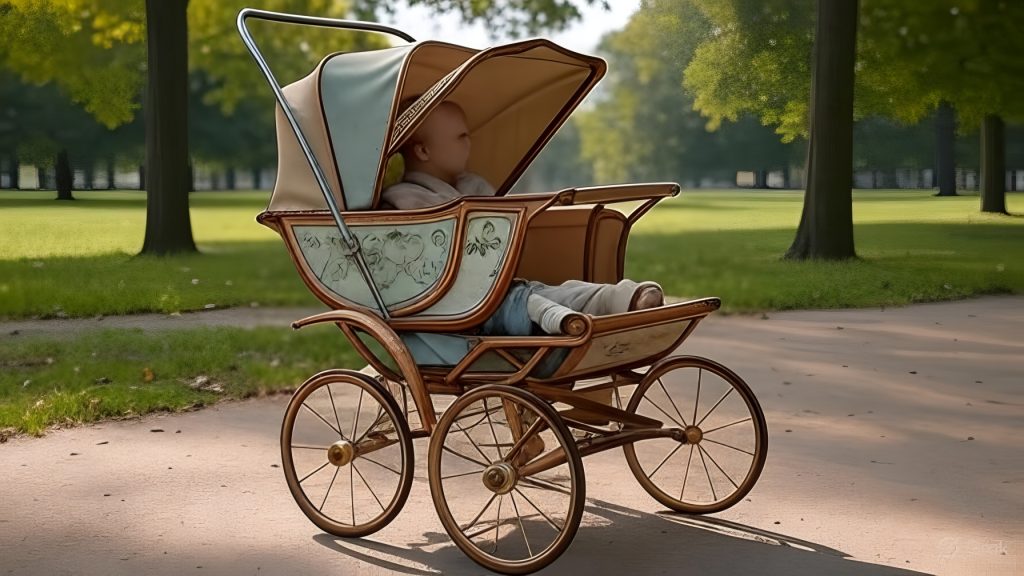
The early 20th century saw strollers become more accessible due to mass production and a post-World War I baby boom. Safety features like footbrakes, deeper baskets, and lower frames emerged to prevent tipping and injuries. The 1965 invention of the umbrella stroller by Owen Maclaren, with its lightweight aluminum frame, revolutionized portability. In 1984, Phil Baechler’s Baby Jogger introduced the jogging stroller, catering to active parents.
Modern Era: Technology and Sustainability
Today’s strollers, from brands like Bugaboo and UPPAbaby, offer modular designs, adjustable features, and compatibility with car seats. Smart strollers, such as the Glüxkind Ella, incorporate AI for adaptive push assistance and safety features like automatic braking. Eco-friendly strollers from Bumbleride and Greentom use recycled materials, reflecting a growing emphasis on sustainability. These advancements make strollers versatile tools for modern parenting.
A Journey Through Time: The Evolution of the Baby Stroller
The baby stroller, a cornerstone of modern parenting, has evolved dramatically over nearly three centuries, transforming from a luxurious novelty to an essential, high-tech tool. This comprehensive exploration traces the stroller’s journey from its ornate beginnings in 1733 to the sophisticated, eco-friendly designs of 2025, highlighting key innovations, societal influences, and the nostalgic charm of vintage models. By examining this evolution, we gain insight into how strollers have adapted to meet the changing needs of parents and children, reflecting broader trends in technology, safety, and sustainability.
The 18th Century: The Birth of the Stroller
The stroller’s story begins in 1733, when William Kent, a renowned English architect and landscape designer, created the first documented baby stroller for the Duke of Devonshire’s children. Known as the Chatsworth Serpent Pram, this stroller was a far cry from today’s practical designs. Crafted from wicker and shaped like a shell with a curved slipper toe, it featured serpent-like harnesses, reflecting the Devonshire family’s crest. Designed to be pulled by a small animal, such as a goat or pony, it was a luxurious status symbol, reserved for the aristocracy. These early strollers prioritized aesthetics over functionality, with no consideration for safety features like harnesses or brakes, as noted in Mommyhood101’s History of the Stroller. Their heavy wooden frames and high seating positions made them impractical for everyday use, but they set the stage for the stroller’s evolution.
The 19th Century: From Elite to Mainstream
The 19th century marked a turning point for strollers, as they began to transition from exclusive luxury items to more widely recognized parenting tools. A significant milestone came in 1840, when Queen Victoria purchased three baby carriages from Hitchings Baby Store, as documented in Parenting Pod’s History of Strollers. This royal endorsement sparked widespread interest among the upper classes, making strollers a fashionable accessory.
In 1848, Charles Burton patented the first commercially available stroller, dubbed the “perambulator.” Unlike Kent’s animal-pulled design, Burton’s three-wheel (and later four-wheel) stroller was hand-pushed, offering greater practicality for leisurely strolls in gardens and parks. However, these early perambulators, made of wood and wicker, were still heavy and prone to tipping, with minimal safety features, as highlighted in Maternity Miracles’ Evolution of Baby Strollers.
A major advancement came in 1889, when William H. Richardson patented the first reversible stroller, featuring a bassinet that could face either the parent or outward. His design also introduced independent wheel rotation and spring suspension, improving maneuverability and comfort. These innovations, detailed in Tactical Baby Gear’s History, laid the groundwork for more functional strollers, though they remained costly and primarily accessible to the wealthy.
|
Year |
Inventor/Brand |
Key Development |
Features |
|---|---|---|---|
| 1733 |
William Kent |
Chatsworth Serpent Pram |
Shell-shaped, wicker, animal-pulled, no safety features |
| 1848 |
Charles Burton |
First perambulator |
Three/four wheels, hand-pushed, wicker body, canopy |
| 1889 |
William H. Richardson |
Reversible stroller |
180-degree rotating bassinet, spring suspension, independent wheels |
The Early 20th Century: Mass Production and Safety Focus
The early 20th century brought significant changes to stroller design, driven by societal shifts and industrial advancements. The post-World War I baby boom, coupled with mass production, made strollers more affordable, extending their reach beyond the elite. Companies like Haywood Wakefield, F.A. Whitney, and Silver Cross emerged as key manufacturers, producing strollers with wood, steel, and wicker frames that weighed around 50 pounds, as noted in Mommyhood101.
Safety became a critical concern during this period, as early strollers posed risks like tipping, pinching, and lacerations from wicker or iron wheels. By the 1920s, manufacturers introduced footbrakes, deeper baskets to prevent children from climbing out, and lower, sturdier frames to reduce fall risks, according to Tactical Baby Gear. The use of rubber and plastic parts began to replace traditional wicker and wood, enhancing durability and reducing costs. Chrome-plated joints also became common, replacing expensive brass components and adding a modern aesthetic.
In 1920, William H. Richardson’s reversible stroller design was further refined, incorporating safety features like seat belts, which began to appear in some models. These changes made strollers safer and more practical, aligning with the growing demand for reliable baby transport during a time of rapid urbanization.
The Mid-20th Century: Portability and Active Parenting
The mid-20th century marked a period of innovation focused on portability and versatility. In 1965, Owen Maclaren, an aeronautical engineer, revolutionized the stroller industry with the invention of the umbrella stroller. Inspired by his daughter’s struggles with heavy prams, Maclaren designed a lightweight, aluminum-framed stroller that was easy to fold and carry, as described in Wikipedia’s Baby Transport. The Maclaren buggy became a game-changer, making travel with young children more convenient and setting a new standard for portability.
The 1970s and 1980s saw the rise of jogging strollers, catering to active parents. In 1984, Phil Baechler introduced the “Baby Jogger,” the first stroller designed specifically for running, featuring three wheels for stability and maneuverability. Priced between $250 and $300, the Baby Jogger gained popularity in the late 1980s and early 1990s, as noted in Mommyhood101. These strollers used durable materials like rubberized tires and sturdy frames, reflecting the growing trend of fitness-conscious parenting.
By the 1970s, safety features like five-point harnesses and improved braking systems became standard, driven by increasing regulatory oversight from organizations like the Consumer Product Safety Commission (CPSC). The introduction of plastics and lighter metals further reduced stroller weight, making them more accessible and user-friendly.
The Late 20th to 21st Century: Multifunctionality and Technology
The late 20th and early 21st centuries ushered in an era of multifunctional, high-tech strollers designed to meet diverse parenting needs. Brands like Bugaboo, UPPAbaby, and Stokke led the way with modular designs that could adapt from newborn bassinets to toddler seats. Bugaboo, founded in 1996 by Max Barenbrug and Eduard Zanen, launched its first stroller, the “Bugaboo Classic,” in 1999, followed by the iconic “Bugaboo Frog” in 2001, which gained fame after appearing in Sex and the City (Bugaboo International). These strollers combined sleek aesthetics with features like adjustable handles, reversible seats, and all-terrain wheels, catering to urban and active parents.
The 21st century also saw the emergence of smart strollers, integrating advanced technology to enhance convenience and safety. The Glüxkind Ella, introduced in 2023, is a prime example, using the NVIDIA Jetson edge AI platform to offer adaptive push and brake assistance, self-driving capabilities (when empty), and a built-in white noise machine to soothe babies (Glüxkind Ella Smart Stroller). Priced at around $3,800, the Ella features a companion app for controlling settings and tracking the stroller’s location, earning a CES 2023 Innovation Award for its groundbreaking design.
Sustainability has become a key focus in recent years, with brands like Bumbleride, Greentom, and Bugaboo prioritizing eco-friendly materials. Bumbleride uses 100% recycled PET fabrics, saving approximately 65 plastic bottles per stroller, and offers organic cotton accessories (Bumbleride). Greentom, dubbed the “greenest stroller on Planet Earth,” uses high-quality recycled materials and offers a lifetime frame warranty (Greentom). Bugaboo has committed to using 100% recycled fabrics and eliminating single-use plastics by 2025, participating in a circular economy with refurbished stroller programs (Strolleria).
|
Era |
Key Brands |
Innovations |
Materials |
|---|---|---|---|
|
1960s-1980s |
Maclaren, Baby Jogger |
Umbrella stroller, jogging stroller |
Aluminum, plastics, rubber |
|
1990s-2020s |
Bugaboo, UPPAbaby, Stokke |
Modular designs, all-terrain wheels |
Lightweight metals, recycled fabrics |
|
2020s |
Glüxkind, Bumbleride, Greentom |
Smart strollers, eco-friendly materials |
AI technology, recycled PET, bio-based materials |
The Future of Strollers: Innovation and Sustainability
Looking ahead, the stroller industry is poised for further innovation, driven by advancements in technology and a growing emphasis on sustainability. Potential developments include autonomous strollers with smart sensors to monitor a child’s well-being, as speculated in Maternity Miracles. Biodegradable materials and zero-waste production methods are likely to gain traction, aligning with global environmental goals. Brands like Joolz, which plants a tree for each registered stroller in its Birth Forest in Colombia (NeuroticMommy), are setting a precedent for eco-conscious innovation.
Safety will continue to be a priority, with standards like ASTM F833-21 ensuring rigorous testing for stability, braking, and harness systems (ANSI Blog). The integration of AI and IoT (Internet of Things) technologies could lead to strollers that adapt to terrain, provide real-time safety alerts, or even connect to smart home systems, enhancing the parenting experience.
Nostalgic Reflections: The Charm of Vintage Strollers
Vintage strollers, with their wicker baskets and ornate designs, evoke a sense of nostalgia for a bygone era. Images from the early 20th century, such as those shared by 5-Minute History, show nannies pushing elaborate prams through parks, often adorned with parasols and brass fittings. These strollers, while impractical by today’s standards, were celebrated for their craftsmanship and elegance, as seen in models used by the British royal family, including a Silver Cross pram for Prince George, dubbed the “Rolls Royce of prams” (Tactical Baby Gear).
The contrast between these heavy, decorative carriages and today’s sleek, lightweight designs highlights the remarkable progress in stroller technology. Yet, the nostalgic appeal of vintage models continues to inspire modern designs, with brands like Silver Cross offering contemporary versions that blend classic aesthetics with modern functionality.
Conclusion
The evolution of the baby stroller is a testament to human ingenuity and the changing needs of parents. From William Kent’s luxurious Chatsworth Serpent Pram in 1733 to the AI-powered Glüxkind Ella in 2025, strollers have transformed from status symbols to essential tools that prioritize safety, convenience, and sustainability. Each era has brought innovations that reflect societal shifts, from mass production in the early 20th century to eco-friendly and smart designs in the 21st century. As we look to the future, strollers will likely continue to evolve, incorporating advanced technologies and sustainable practices to support the next generation of parents and their children.

